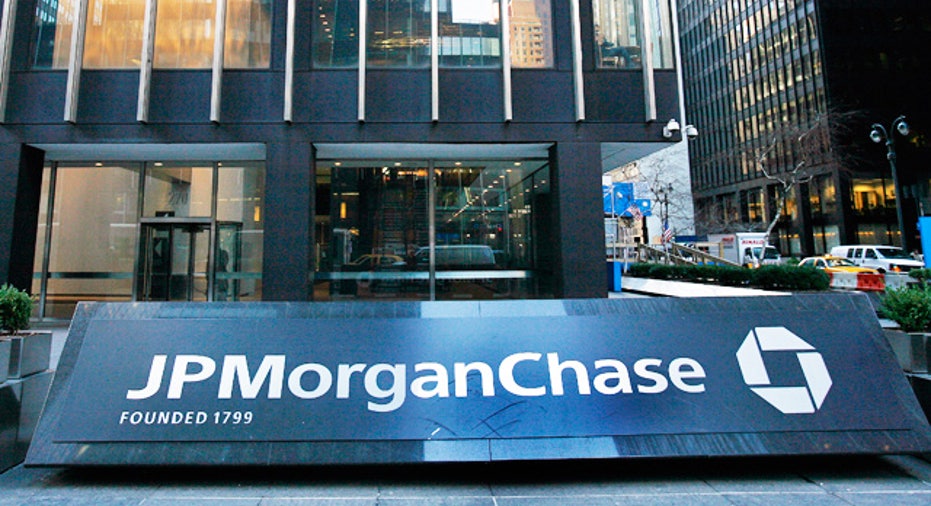Fear, Uncertainty, Negative Rates Pounding Financial Stocks

The chorus of international central banks steering interest rates into negative territory is taking a heavy toll on big U.S. banks and their stocks.
U.S. markets were selling off again Thursday, pulled lower by banking and financial stocks. The S&P 500 financial sector was off more than 2% in early trading, led down by a who’s who of banking titans, including J.P. MorganChase (NYSE:JPM), Wells Fargo (NYSE:WFC), Citigroup (NYSE:C) and Bank of America (NYSE:BAC).
Banking and financial stocks are getting socked by fears that plunging global interest rates will squeeze net interest margins. Negative interest rates mean the biggest U.S. banks, all of which have massive international exposure, will have to pay to hold their cash reserves in central banks in places such as Japan, the Eurozone, Denmark and Sweden, where interest rates have been lowered into negative territory.
The idea behind negative rates is to stimulate economic activity by prompting the big banks to lend or invest their cash reserves rather than park them in central banks where in normal times it would generate interest.
Also weighing down financial stocks are broader worries about global growth and concerns for exposure to energy-industry debt as oil prices collapse. The financial sector is the biggest losing sector so far this year, down more than 15% ahead of today’s open. The financial sector is now officially in a bear market, down a little more than 20% from the recent highs in July and down more than 15% year to date.
In the latest move related to negative rates, Riksbank, Sweden's central bank, cut its benchmark interest rate further into negative territory. In a bid to help boost inflation, the central bank lowered its main refinancing rate to -0.5% from -0.35%, and said it was prepared to drop rates further if necessary.
Jeffrey Kleintop, Charles Schwab’s chief global investment strategist, noted in an analysis earlier this week that Negative Interest Rate Policy (NIRP) seems to be having the opposite effect than that intended by the central banks that have initiated the somewhat radical policy. Instead of acting as a catalyst for economic growth, the policy has so far pounded equity markets and contributed to the growing sense of global economic uncertainty.
“The increasing number of central banks adopting (negative interest rates) is weighing on the profit outlook for financial companies that now must pay to hold some of their reserves at the central bank and hurting the performance of the global financial sector,” Kleintop said. “This has left its mark on performance in 2016 since despite the further sharp decline in the price of oil this year; it is the financial sector, not energy, which is leading the MSCI World Index to the downside in 2016.”
In addition to cutting into bank’s bottom lines, Kleintop explained that a main concern over NIRP is that in order to cover the cost of holding excess reserves at the central bank, banks could have to push up lending rates, which could slow borrowing and economic growth.
Kleintop, perhaps foreshadowing Sweden’s move to push rates even further into negative territory, suggested negative rates could pose a slippery slope for central banks imposing the policy.
“While slightly negative rates may be manageable, trying to boost the impact by lowering rates further may pose more risk than benefit to the economy,” he said.



















